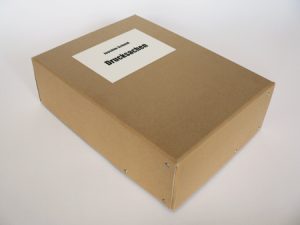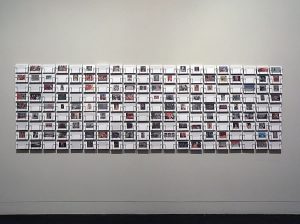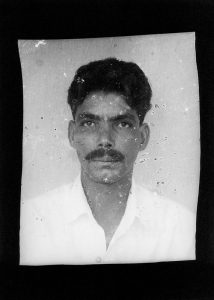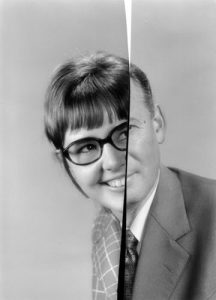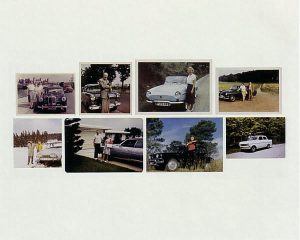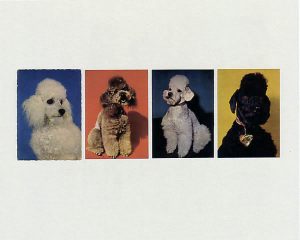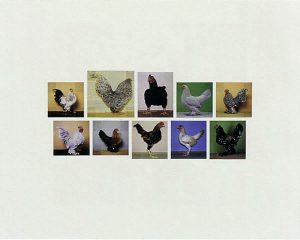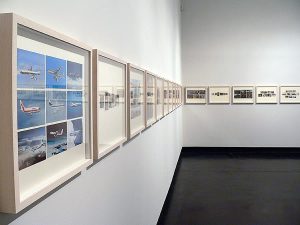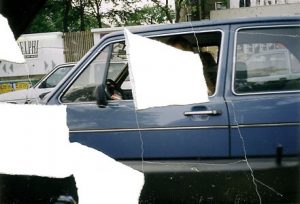
Fast Photo documents the interaction of several technical devices – an automobile, a radar station, and a camera. The camera is triggered by a radar and takes a photograph of a speeding car. The only purpose is the identification of car and driver. There is no photographer involved and there are no aesthetic considerations; it represents the photographic process in its crudest form, the exact opposite of haute photographie. The “price” of a fast photo – the ticket paid by the car’s driver – stands in inverse proportion to its low photographic quality.
Ongoing series, pigment ink prints (20 x 15 cm each), open edition
A catalogue is available in the series of white books.

